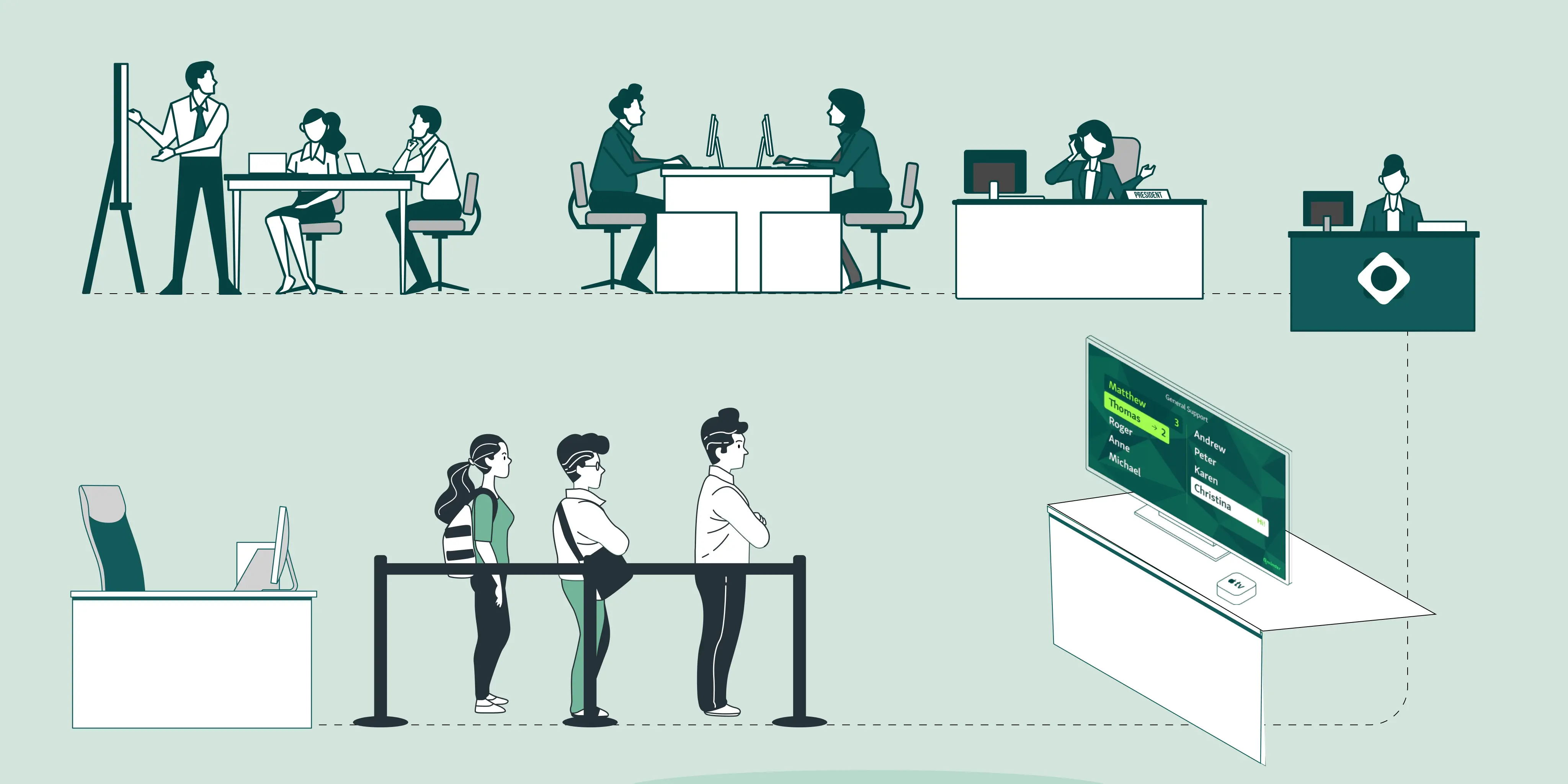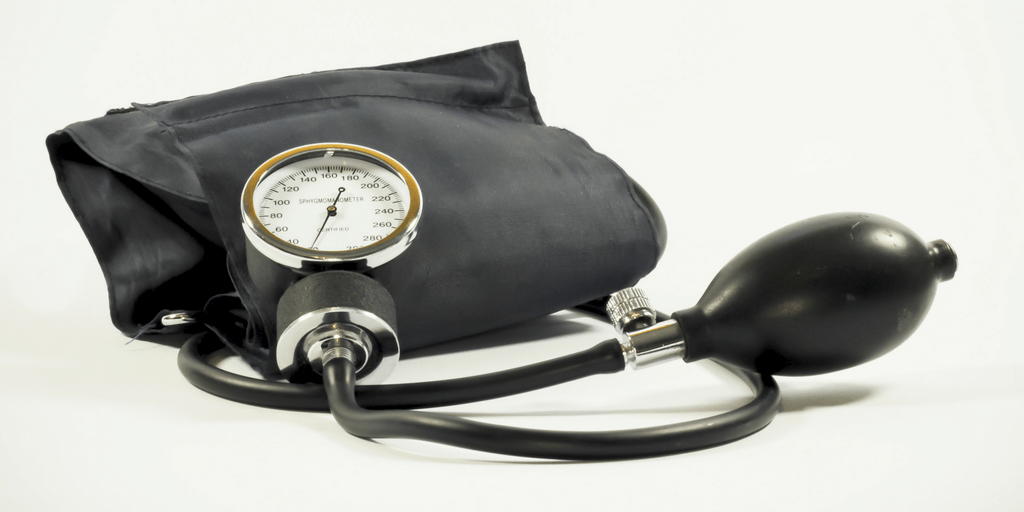Nobody likes sitting around in a hospital waiting room, especially when you’re not feeling your best. It’s one of the most frustrating parts of getting care. And even though healthcare technology has come a long way, the waiting hasn’t.
As of early 2024, the national median emergency department (ED) visit time in the United States was approximately 2 hours and 43 minutes (163 minutes). That’s a long time to wait when what you need most is timely care and clear communication.
So why are hospital wait times still so long? And more importantly, what can be done about it?
In this blog, we’ll take a closer look at the real reasons behind the delays and share some smart, practical ways hospitals can improve the experience for both patients and staff.
Why Do Hospitals Make You Wait So Long?
Hospital wait times are one of the biggest frustrations for patients today. While no two facilities are the same, several common issues drive these delays. Let’s break down the biggest contributors to long wait times for healthcare and what’s really going on behind the scenes.
1. Overwhelming Patient Volume
High patient volume is a major reason why hospitals make you wait so long. Emergency rooms and general care clinics often face unpredictable surges, making it difficult to maintain a steady flow of care.
Urban hospitals deal with constant traffic, while rural ones may lack the staff to respond quickly. Both struggle to keep up with demand, especially during seasonal spikes.
2. Staffing Shortages and Scheduling Gaps
Another major driver of long wait times for healthcare is the gap between patient needs and available staff. Many hospitals are stretched thin, facing shortages of nurses, support staff, and administrative personnel. Clinician burnout only adds to the pressure, leading to slower service and limited availability.
On top of that, outdated, manual paperwork eats into valuable face-to-face time with patients. When staff are tied up with inefficient processes, hospital wait times increase—and patient frustration follows.
3. Fragmented Systems and Manual Processes
If hospital systems don’t talk to each other, neither can the departments. Disjointed registration, check-in, and internal handoffs create unnecessary delays that directly impact patient wait times. Staff often need to re-enter information or chase down records, which slows down care and frustrates patients.
Without digital tools to connect the dots, hospitals struggle to manage high patient volume efficiently. These gaps in coordination are a hidden factor behind long wait times for healthcare—and fixing them is key to reducing hospital wait times.
4. Ineffective Use of Appointment Scheduling
Appointment scheduling is meant to organize care—but without the right tools, it often adds to the problem. Late arrivals, last-minute cancellations, and no-shows throw off the entire schedule. Overbooked slots lead to backlogs, increasing both patient wait times and staff stress.
Many hospitals still rely on rigid scheduling systems that can’t adapt to real-time volume changes. This results in long wait times for healthcare and makes it harder to reduce patient wait times effectively.
Read more - 5 Reasons Why Hospital Queues Are So Long
The Real Cost of Long Wait Times for Healthcare
Hospital wait times aren’t just inconvenient—they have serious ripple effects on patient outcomes and overall healthcare quality. Here’s what long delays are really costing patients and providers.
Patient Health and Satisfaction Decline
When hospital wait times stretch beyond reason, the consequences go beyond inconvenience. Patients stuck waiting, especially in high-volume hospitals—experience more stress, delayed treatment, and a growing sense of frustration. Over time, this erodes trust in healthcare providers and contributes to worse health outcomes.
Missed early intervention opportunities for time-sensitive conditions
Higher likelihood of patients leaving without being seen
Increased reliance on emergency departments for non-emergency issues
Greater difficulty retaining patients in long-term care plans
Impact on Staff and Operational Efficiency
Long patient wait times don’t just frustrate patients—they strain hospital staff too. High volume and unpredictable demand force teams into constant catch-up mode, leading to stress, burnout, and workflow breakdowns. When staff spend more time reacting than planning, operational efficiency suffers.
Increased administrative errors due to rushed tasks
Reduced face time between clinicians and patients
Difficulty coordinating handoffs between departments
Lower staff retention rates driven by morale fatigue
Financial Implications
Long wait times for healthcare come with a hidden price tag. When patients leave out of frustration or don’t show up at all, hospitals lose revenue. Meanwhile, staff time is wasted managing bottlenecks instead of delivering care. Every minute spent inefficiently adds up in dollars lost.
Higher no-show rates result in underutilized appointment slots
Delayed care can lead to costlier treatment down the line
Staff time spent on manual tasks reduces billable efficiency
Patient churn from poor experiences impacts long-term revenue
Ready to reduce patient wait times? Continue reading → How to Reduce Patient Wait Times
Patient-Centered Care Starts at the Front Door
Long hospital wait times stem from high patient volume, staffing gaps, outdated processes, and ineffective scheduling. But these challenges aren’t insurmountable.
With the right strategies like smarter check-ins, real-time queue visibility, and personalized service, hospitals can significantly reduce patient wait times while improving the overall experience. It’s not just about moving faster; it’s about delivering care with more clarity, coordination, and compassion.
Qminder offers the tools to make this shift possible, turning wait time management into a strength instead of a setback.
Ready to improve your hospital's flow? See how Qminder can help.
Yes, wait times often depend on the type of care needed. Emergency rooms typically see longer waits due to prioritizing critical cases, while departments like imaging or outpatient clinics may move faster depending on appointment flow and staffing.
Emergency cases are prioritized based on severity, which means less urgent patients may experience longer waits. This triage system ensures life-threatening conditions are treated first but can delay care for others during busy periods.
Absolutely. Poorly designed layouts can slow down patient movement, delay staff response, and create bottlenecks. Thoughtful design—like centralized check-in points and clear signage—helps improve flow and reduce confusion and delays.






